fNIRS Signal Classification Based on Deep Learning in Rock-Paper-Scissors Imagery Task
Abstract
:1. Introduction
2. Experiment Method
2.1. Participants
2.2. Experimental Procedure
2.3. fNIRS Measurements
3. CNN-Based Classification Method
3.1. TSC Problem
3.2. Residual Network
3.3. Inception Network
3.3.1. Network Architecture
3.3.2. Inception Module
4. Classification Experiment
4.1. Data Preprocessing
4.1.1. Only Using Task Part of the fNIRS Data
4.1.2. Baseline Correction
4.1.3. Data Normalization
4.1.4. Denoising with Band-Pass Filter
4.2. Training and Validation
5. Results and Discussion
6. Conclusions
Author Contributions
Funding
Institutional Review Board Statement
Informed Consent Statement
Data Availability Statement
Conflicts of Interest
References
- Nicolas-Alonso, L.F.; Gomez-Gil, J. Brain computer interfaces, a review. Sensors 2012, 12, 1211–1279. [Google Scholar] [CrossRef] [PubMed]
- Mak, J.N.; Wolpaw, J.R. Clinical applications of brain-computer interfaces: Current state and future prospects. IEEE Rev. Biomed. Eng. 2009, 2, 187–199. [Google Scholar] [CrossRef] [PubMed] [Green Version]
- Kober, S.E.; Wood, G.; Kurzmann, J.; Friedrich, E.V.; Stangl, M.; Wippel, T.; Väljamäe, A.; Neuper, C. Near-infrared spectroscopy based neurofeedback training increases specific motor imagery related cortical activation compared to sham feedback. Biol. Psychol. 2014, 95, 21–30. [Google Scholar] [CrossRef]
- Khalid, M.B.; Rao, N.I.; Rizwan-i Haque, I.; Munir, S.; Tahir, F. Towards a brain computer interface using wavelet transform with averaged and time segmented adapted wavelets. In Proceedings of the 2009 2nd International Conference on Computer, Control and Communication, Karachi, Pakistan, 17–18 February 2009; pp. 1–4. [Google Scholar]
- Soekadar, S.R.; Witkowski, M.; Garcia Cossio, E.; Birbaumer, N.; Cohen, L. Learned EEG-based brain self-regulation of motor-related oscillations during application of transcranial electric brain stimulation: Feasibility and limitations. Front. Behav. Neurosci. 2014, 8, 93. [Google Scholar] [CrossRef]
- Hajipour Sardouie, S.; Shamsollahi, M.B. Selection of efficient features for discrimination of hand movements from MEG using a BCI competition IV data set. Front. Neurosci. 2012, 6, 42. [Google Scholar] [CrossRef] [PubMed] [Green Version]
- van der Heiden, L.; Liberati, G.; Sitaram, R.; Kim, S.; Jaśkowski, P.; Raffone, A.; Olivetti Belardinelli, M.; Birbaumer, N.; Veit, R. Insula and inferior frontal triangularis activations distinguish between conditioned brain responses using emotional sounds for basic BCI communication. Front. Behav. Neurosci. 2014, 8, 247. [Google Scholar] [CrossRef] [Green Version]
- Santosa, H.; Jiyoun Hong, M.; Kim, S.P.; Hong, K.S. Noise reduction in functional near-infrared spectroscopy signals by independent component analysis. Rev. Sci. Instrum. 2013, 84, 073106. [Google Scholar] [CrossRef] [PubMed]
- Padfield, N.; Zabalza, J.; Zhao, H.; Masero, V.; Ren, J. EEG-based brain-computer interfaces using motor-imagery: Techniques and challenges. Sensors 2019, 19, 1423. [Google Scholar] [CrossRef] [Green Version]
- Mihajlović, V.; Patki, S.; Grundlehner, B. The impact of head movements on EEG and contact impedance: An adaptive filtering solution for motion artifact reduction. In Proceedings of the 2014 36th Annual International Conference of the IEEE Engineering in Medicine and Biology Society, Chicago, IL, USA, 26–30 August 2014; pp. 5064–5067. [Google Scholar]
- Hong, K.S.; Nguyen, H.D. State-space models of impulse hemodynamic responses over motor, somatosensory, and visual cortices. Biomed. Opt. Express 2014, 5, 1778–1798. [Google Scholar] [CrossRef] [Green Version]
- Naseer, N.; Hong, K.S. fNIRS-based brain-computer interfaces: A review. Front. Hum. Neurosci. 2015, 9, 3. [Google Scholar] [CrossRef] [Green Version]
- Rupawala, M.; Dehghani, H.; Lucas, S.J.; Tino, P.; Cruse, D. Shining a light on awareness: A review of functional near-infrared spectroscopy for prolonged disorders of consciousness. Front. Neurol. 2018, 9, 350. [Google Scholar] [CrossRef] [PubMed]
- Obrig, H.; Hirth, C.; Junge-Hulsing, J.; Doge, C.; Wolf, T.; Dirnagl, U.; Villringer, A. Cerebral oxygenation changes in response to motor stimulation. J. Appl. Physiol. 1996, 81, 1174–1183. [Google Scholar] [CrossRef]
- Tarkka, I.; Stokic, D. Left prefrontal cortex contributes to motor imagery: A pilot study. Res. Neurosci. 2013, 2, 19–23. [Google Scholar]
- Kanthack, T.F.D.; Bigliassi, M.; Altimari, L.R. Equal prefrontal cortex activation between males and females in a motor tasks and different visual imagery perspectives: A functional near-infrared spectroscopy (fNIRS) study. Motriz Rev. Educ. Fís. 2013, 19, 627–632. [Google Scholar] [CrossRef] [Green Version]
- Sitaram, R.; Zhang, H.; Guan, C.; Thulasidas, M.; Hoshi, Y.; Ishikawa, A.; Shimizu, K.; Birbaumer, N. Temporal classification of multichannel near-infrared spectroscopy signals of motor imagery for developing a brain–computer interface. NeuroImage 2007, 34, 1416–1427. [Google Scholar] [CrossRef] [PubMed]
- Niide, W.; Tsubone, T.; Wada, Y. Identification of moving limb using near infrared spectroscopic signals for brain activation. In Proceedings of the 2009 International Joint Conference on Neural Networks, Atlanta, GA, USA, 14–19 June 2009; pp. 2264–2271. [Google Scholar]
- Naito, M.; Michioka, Y.; Ozawa, K.; Ito, Y.; Kiguchi, M.; Kanazawa, T. A communication means for totally locked-in ALS patients based on changes in cerebral blood volume measured with near-infrared light. IEICE Trans. Inf. Syst. 2007, 90, 1028–1037. [Google Scholar] [CrossRef]
- Peng, H.; Chao, J.; Wang, S.; Dang, J.; Jiang, F.; Hu, B.; Majoe, D. Single-trial classification of fNIRS signals in four directions motor imagery tasks measured from prefrontal cortex. IEEE Trans. Nanobiosci. 2018, 17, 181–190. [Google Scholar] [CrossRef]
- Chiarelli, A.M.; Croce, P.; Merla, A.; Zappasodi, F. Deep learning for hybrid EEG-fNIRS brain–computer interface: Application to motor imagery classification. J. Neural Eng. 2018, 15, 036028. [Google Scholar] [CrossRef]
- Trakoolwilaiwan, T.; Behboodi, B.; Lee, J.; Kim, K.; Choi, J.W. Convolutional neural network for high-accuracy functional near-infrared spectroscopy in a brain–computer interface: Three-class classification of rest, right-, and left-hand motor execution. Neurophotonics 2017, 5, 011008. [Google Scholar] [CrossRef]
- A, J.; M, S.; Chhabra, H.; Shajil, N.; Venkatasubramanian, G. Investigation of deep convolutional neural network for classification of motor imagery fNIRS signals for BCI applications. Biomed. Signal Process. Control 2020, 62, 102133. [Google Scholar]
- Ma, T.; Wang, S.; Xia, Y.; Zhu, X.; Evans, J.; Sun, Y.; He, S. CNN-based classification of fNIRS signals in motor imagery BCI system. J. Neural Eng. 2021, 18, 056019. [Google Scholar] [CrossRef]
- Schreiber, S.J.; Killingback, T.P. Spatial heterogeneity promotes coexistence of rock–paper–scissors metacommunities. Theor. Popul. Biol. 2013, 86, 1–11. [Google Scholar] [CrossRef] [Green Version]
- Kirkup, B.C.; Riley, M.A. Antibiotic-mediated antagonism leads to a bacterial game of rock–paper–scissors in vivo. Nature 2004, 428, 412–414. [Google Scholar] [CrossRef]
- Wang, L.; Huang, W.; Li, Y.; Evans, J.; He, S. Multi-AI competing and winning against humans in iterated Rock-Paper-Scissors game. Sci. Rep. 2020, 10, 1–8. [Google Scholar] [CrossRef] [PubMed]
- Ma, T.; Lyu, H.; Liu, J.; Xia, Y.; Qian, C.; Evans, J.; Xu, W.; Hu, J.; Hu, S.; He, S. Distinguishing Bipolar Depression from Major Depressive Disorder Using fNIRS and Deep Neural Network. Prog. Electromagn. Res. 2020, 169, 73–86. [Google Scholar] [CrossRef]
- Chen, X.; Wei, Z.; Li, M.; Rocca, P. A review of deep learning approaches for inverse scattering problems (invited review). Prog. Electromagn. Res. 2020, 167, 67–81. [Google Scholar] [CrossRef]
- Fajardo, J.E.; Galván, J.; Vericat, F.; Carlevaro, C.M.; Irastorza, R.M. Phaseless microwave imaging of dielectric cylinders: An artificial neural networks-based approach. Prog. Electromagn. Res. 2019, 166, 95–105. [Google Scholar] [CrossRef] [Green Version]
- Fawaz, H.I.; Forestier, G.; Weber, J.; Idoumghar, L.; Muller, P.A. Deep learning for time series classification: A review. Data Min. Knowl. Discov. 2019, 33, 917–963. [Google Scholar] [CrossRef] [Green Version]
- Fawaz, H.I.; Lucas, B.; Forestier, G.; Pelletier, C.; Schmidt, D.F.; Weber, J.; Webb, G.I.; Idoumghar, L.; Muller, P.A.; Petitjean, F. Inceptiontime: Finding alexnet for time series classification. Data Min. Knowl. Discov. 2020, 34, 1936–1962. [Google Scholar] [CrossRef]
- Wang, Z.; Yan, W.; Oates, T. Time series classification from scratch with deep neural networks: A strong baseline. In Proceedings of the 2017 International Joint Conference on Neural Networks (IJCNN), Anchorage, AK, USA, 14–19 May 2017; pp. 1578–1585. [Google Scholar]
- He, K.; Zhang, X.; Ren, S.; Sun, J. Deep residual learning for image recognition. In Proceedings of the IEEE Conference on Computer Vision and Pattern Recognition, Las Vegas, NV, USA, 27–30 June 2016; pp. 770–778. [Google Scholar]
- Szegedy, C.; Ioffe, S.; Vanhoucke, V.; Alemi, A. Inception-v4, inception-resnet and the impact of residual connections on learning. arXiv 2016, arXiv:1602.07261. [Google Scholar]
- Dau, H.A.; Keogh, E.; Kamgar, K.; Yeh, C.C.M.; Zhu, Y.; Gharghabi, S.; Ratanamahatana, C.A.; Yanping, B.H.; Begum, N.; Bagnall, A.; et al. The UCR Time Series Classification Archive. 2018. Available online: https://www.cs.ucr.edu/~eamonn/time_series_data_2018/ (accessed on 6 April 2021).
- Pinti, P.; Scholkmann, F.; Hamilton, A.; Burgess, P.; Tachtsidis, I. Current status and issues regarding pre-processing of fNIRS neuroimaging data: An investigation of diverse signal filtering methods within a general linear model framework. Front. Hum. Neurosci. 2019, 12, 505. [Google Scholar] [CrossRef] [PubMed] [Green Version]
- Khan, R.A.; Naseer, N.; Saleem, S.; Qureshi, N.K.; Noori, F.M.; Khan, M.J. Cortical tasks-based optimal filter selection: An fNIRS study. J. Healthc. Eng. 2020, 2020, 9152369. [Google Scholar] [CrossRef]
- Corbetta, M.; Burton, H.; Sinclair, R.J.; Conturo, T.E.; Akbudak, E.; McDonald, J.W. Functional reorganization and stability of somatosensory-motor cortical topography in a tetraplegic subject with late recovery. Proc. Natl. Acad. Sci. USA 2002, 99, 17066–17071. [Google Scholar] [CrossRef] [Green Version]
- Zimmermann, R.; Marchal-Crespo, L.; Edelmann, J.; Lambercy, O.; Fluet, M.C.; Riener, R.; Wolf, M.; Gassert, R. Detection of motor execution using a hybrid fNIRS-biosignal BCI: A feasibility study. J. Neuroeng. Rehabil. 2013, 10, 1–15. [Google Scholar] [CrossRef] [Green Version]
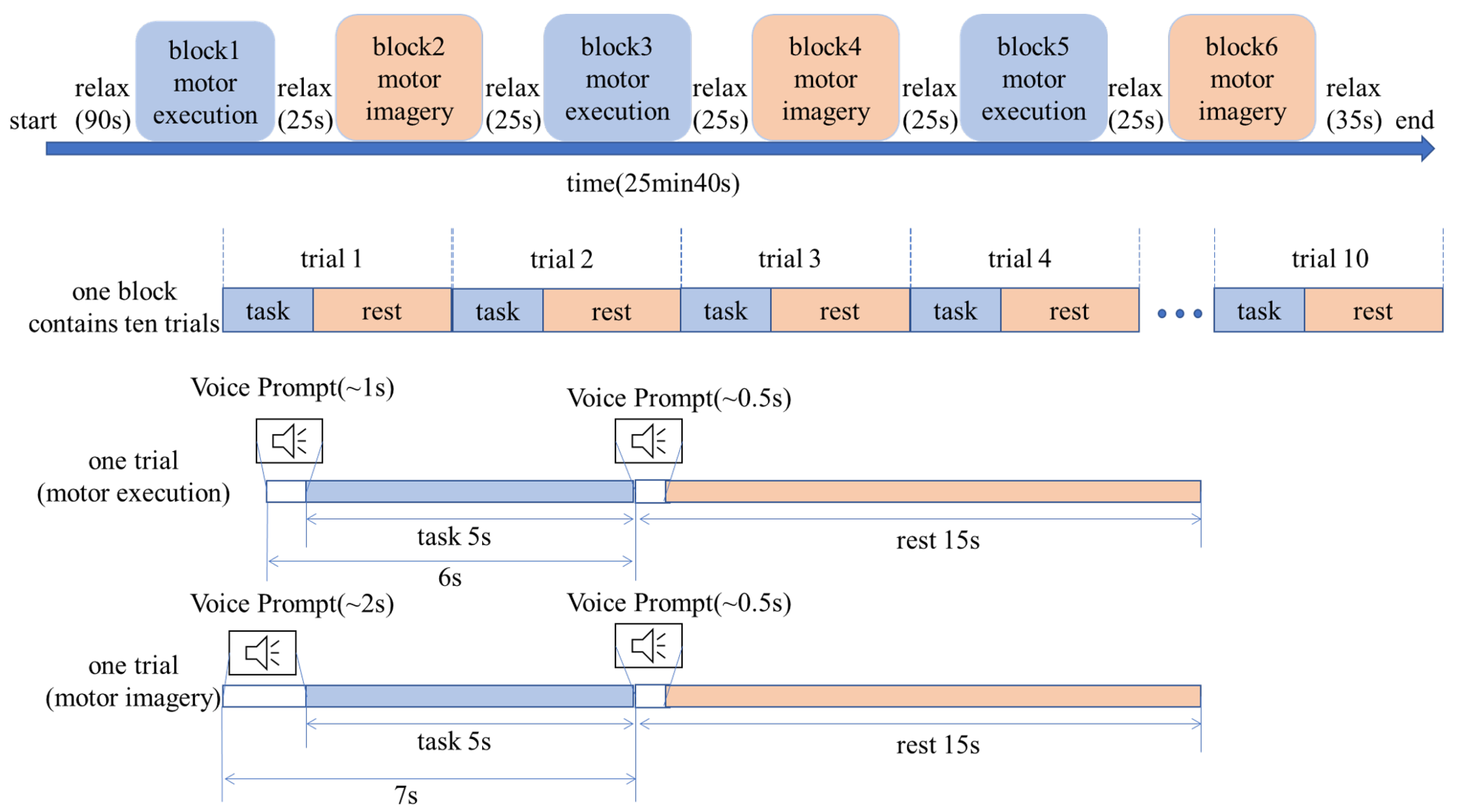
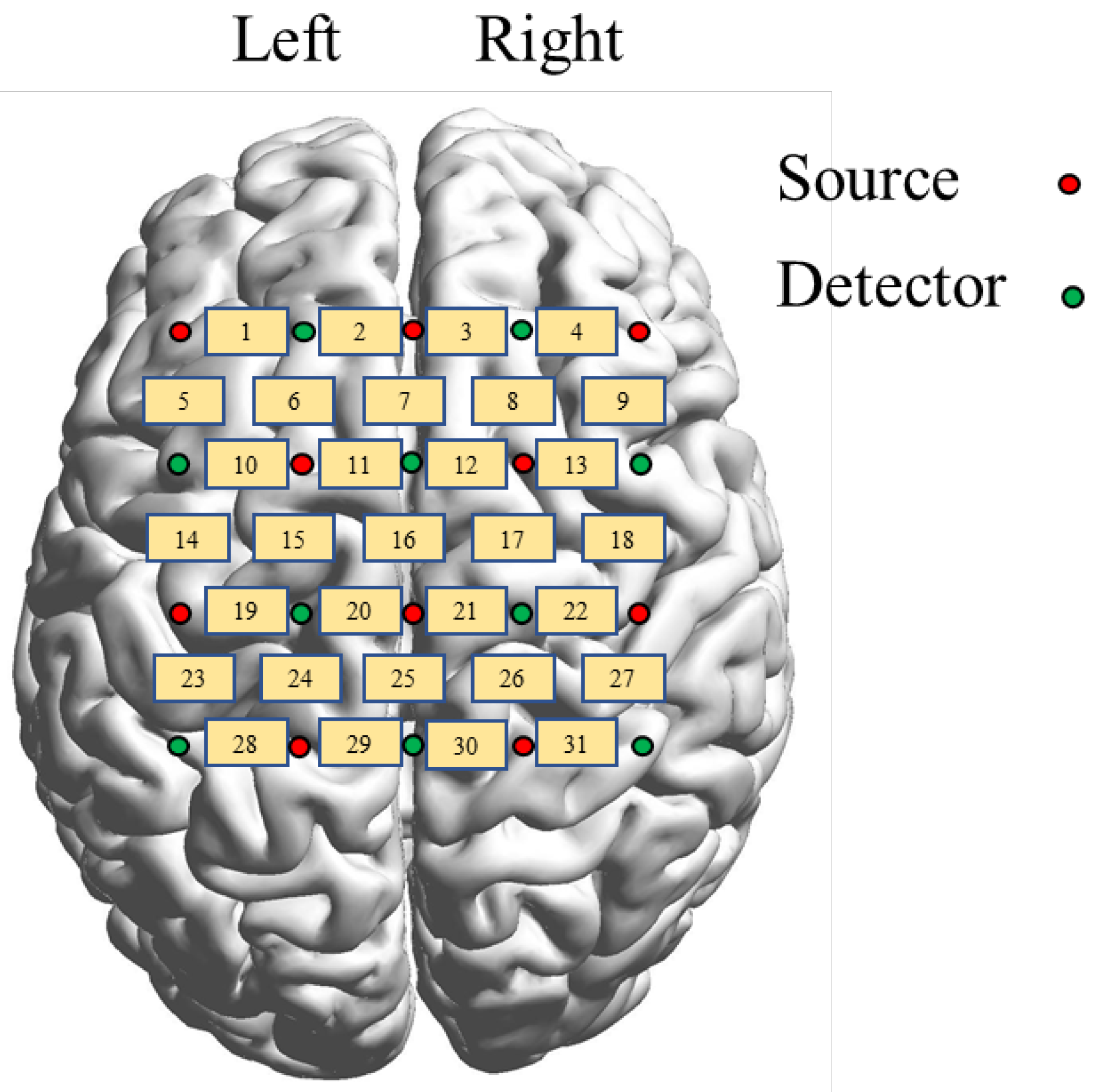


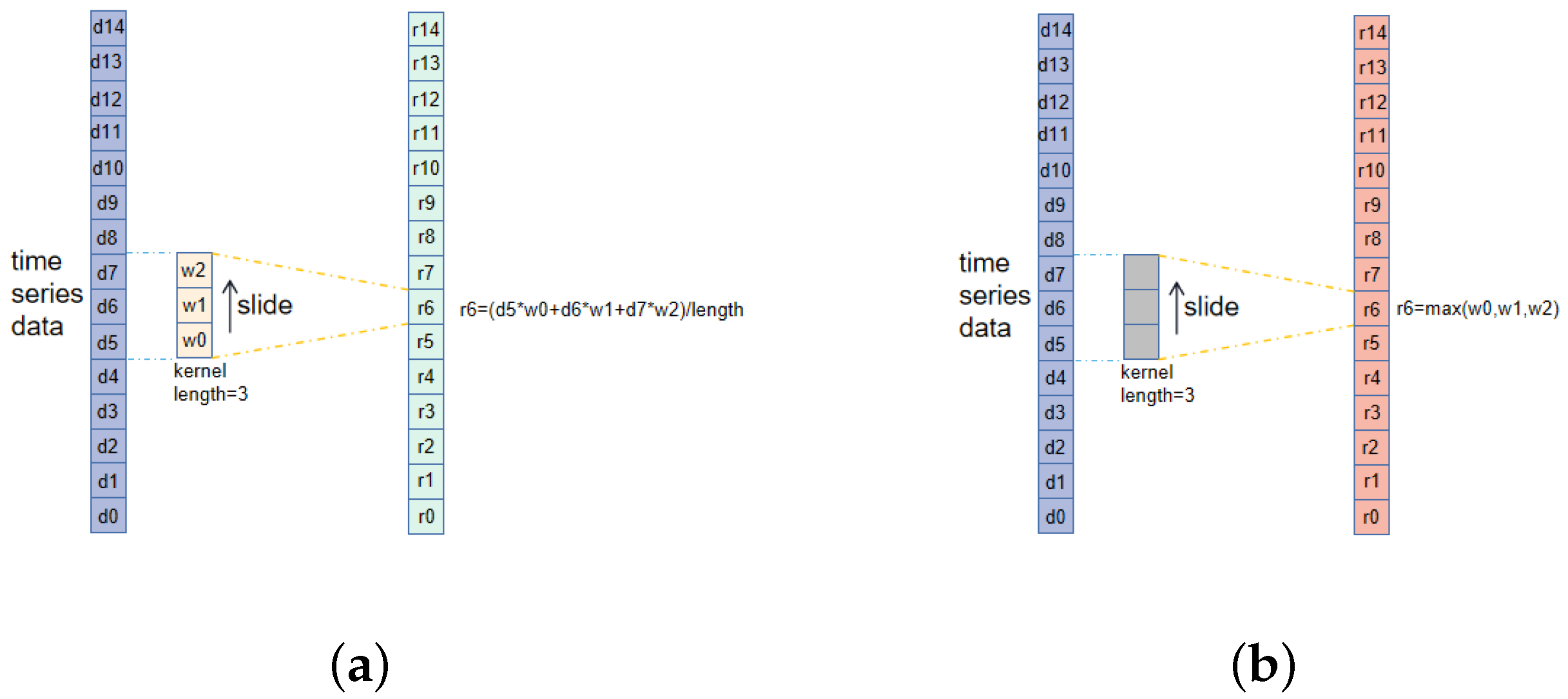
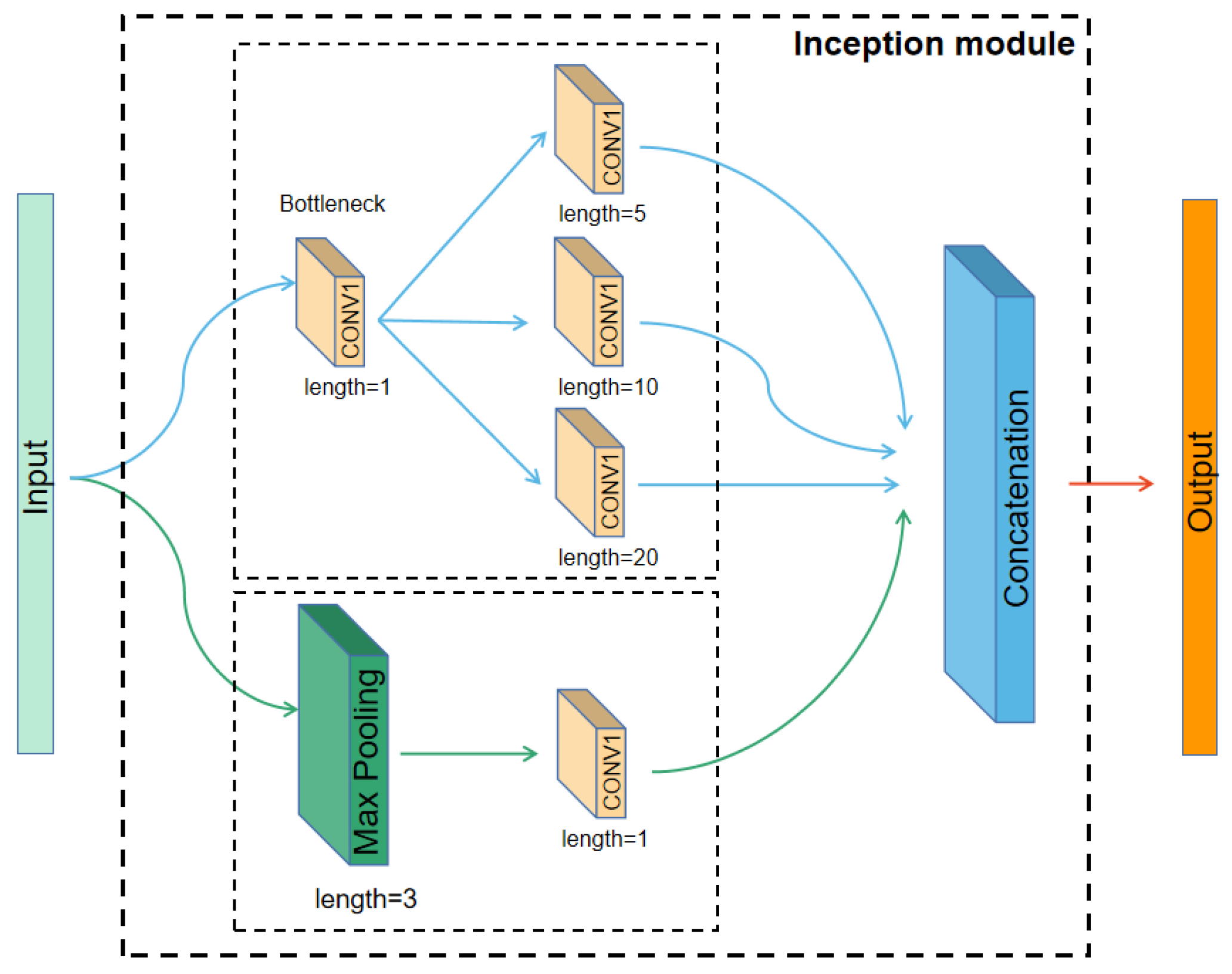
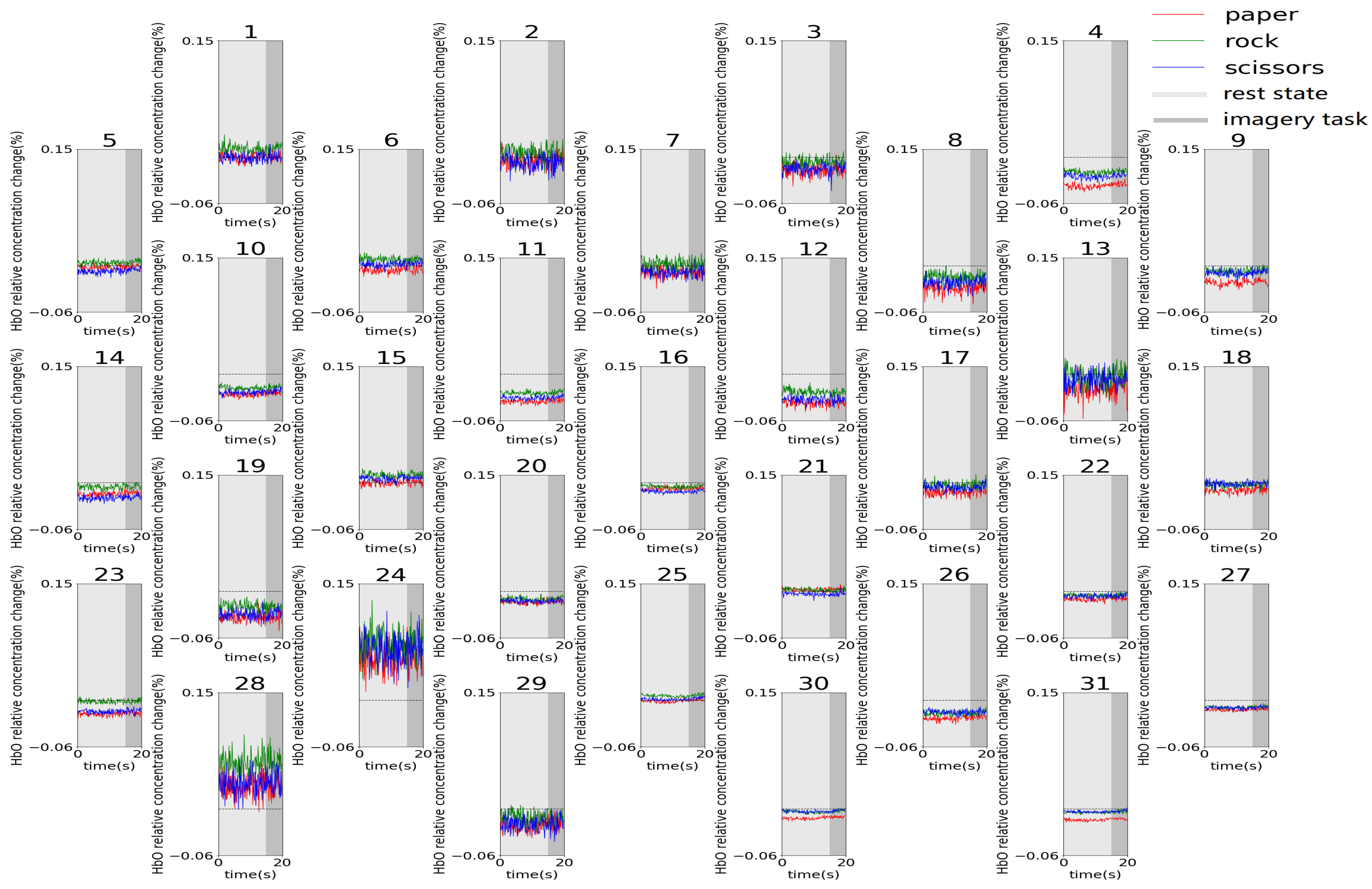
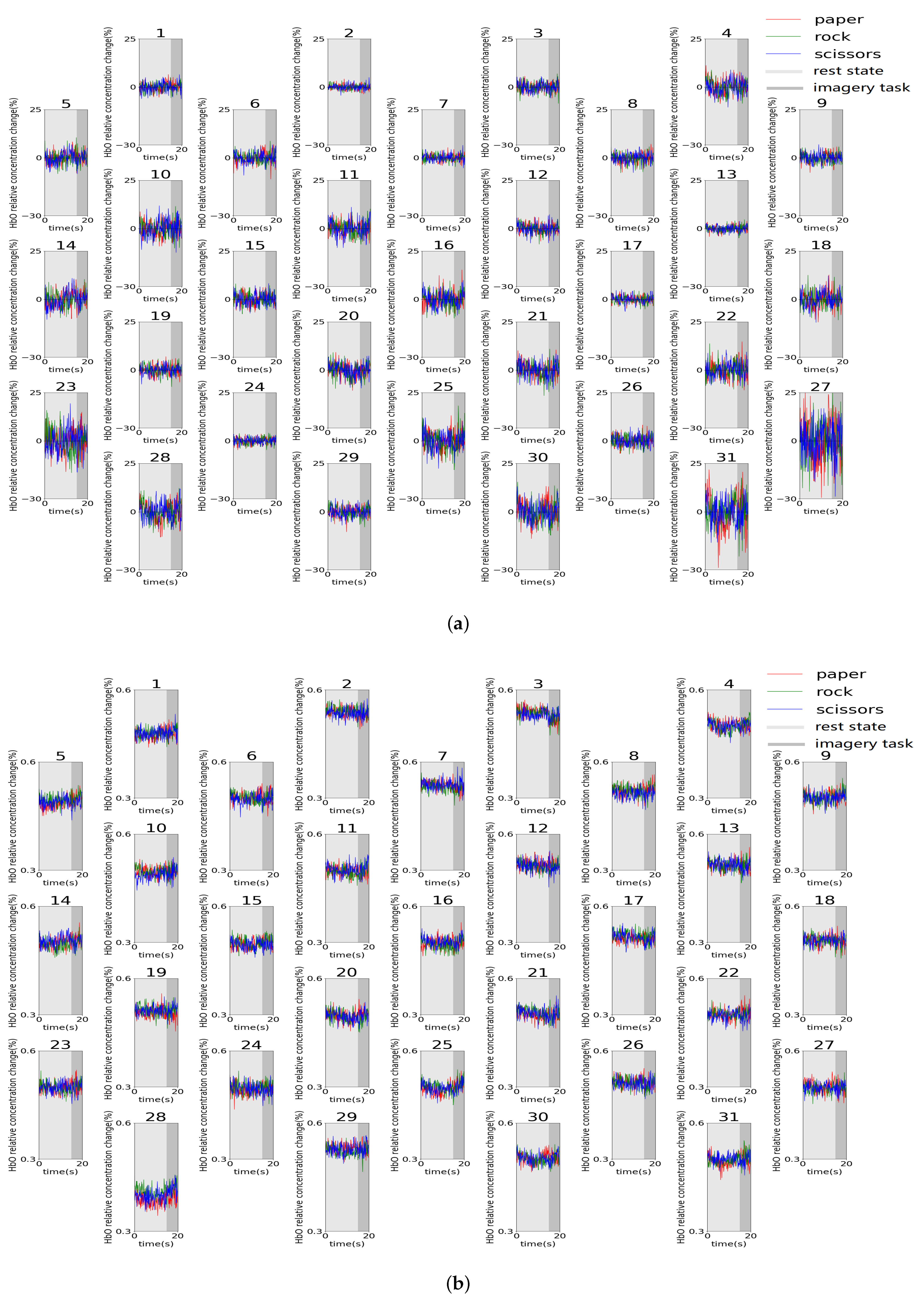
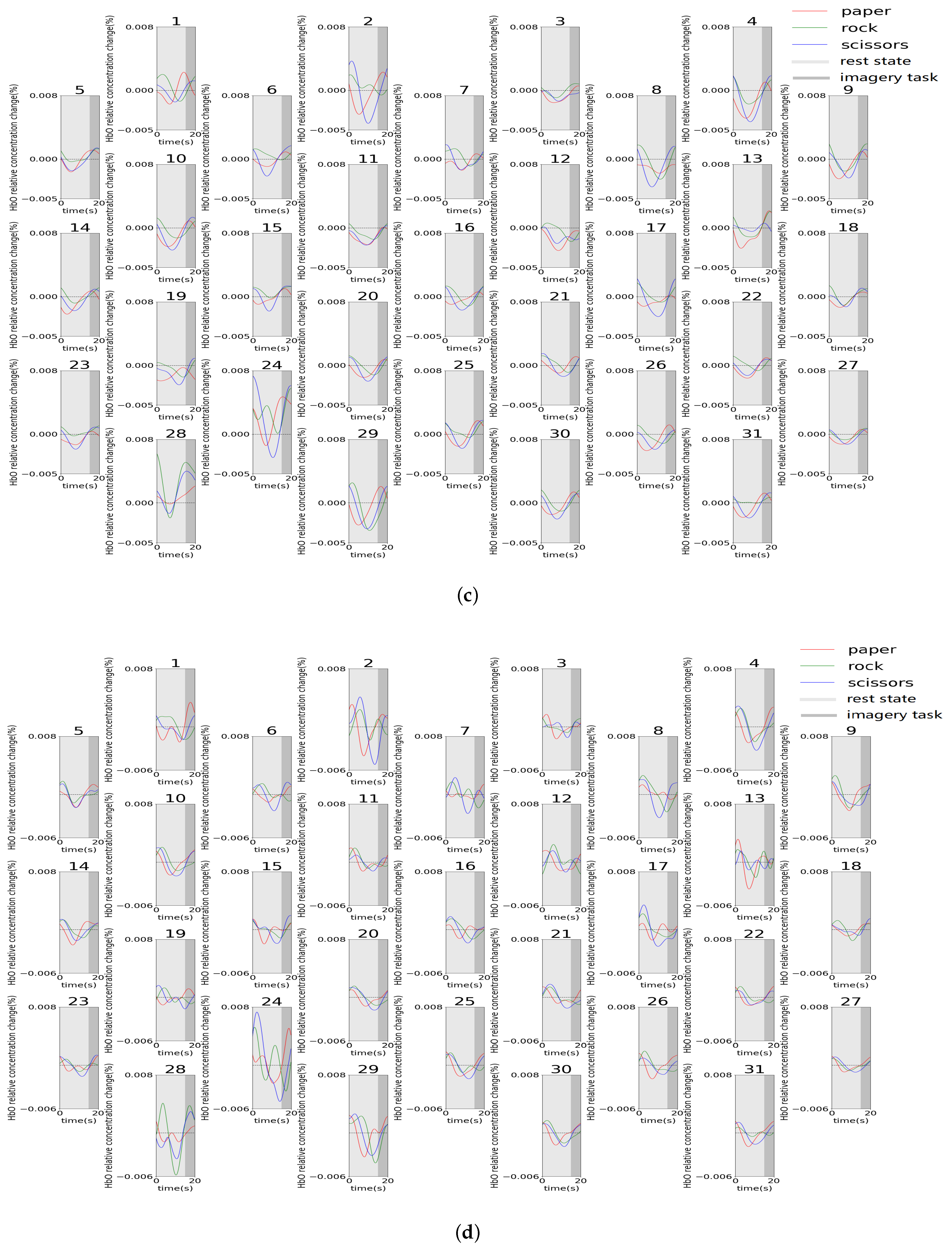
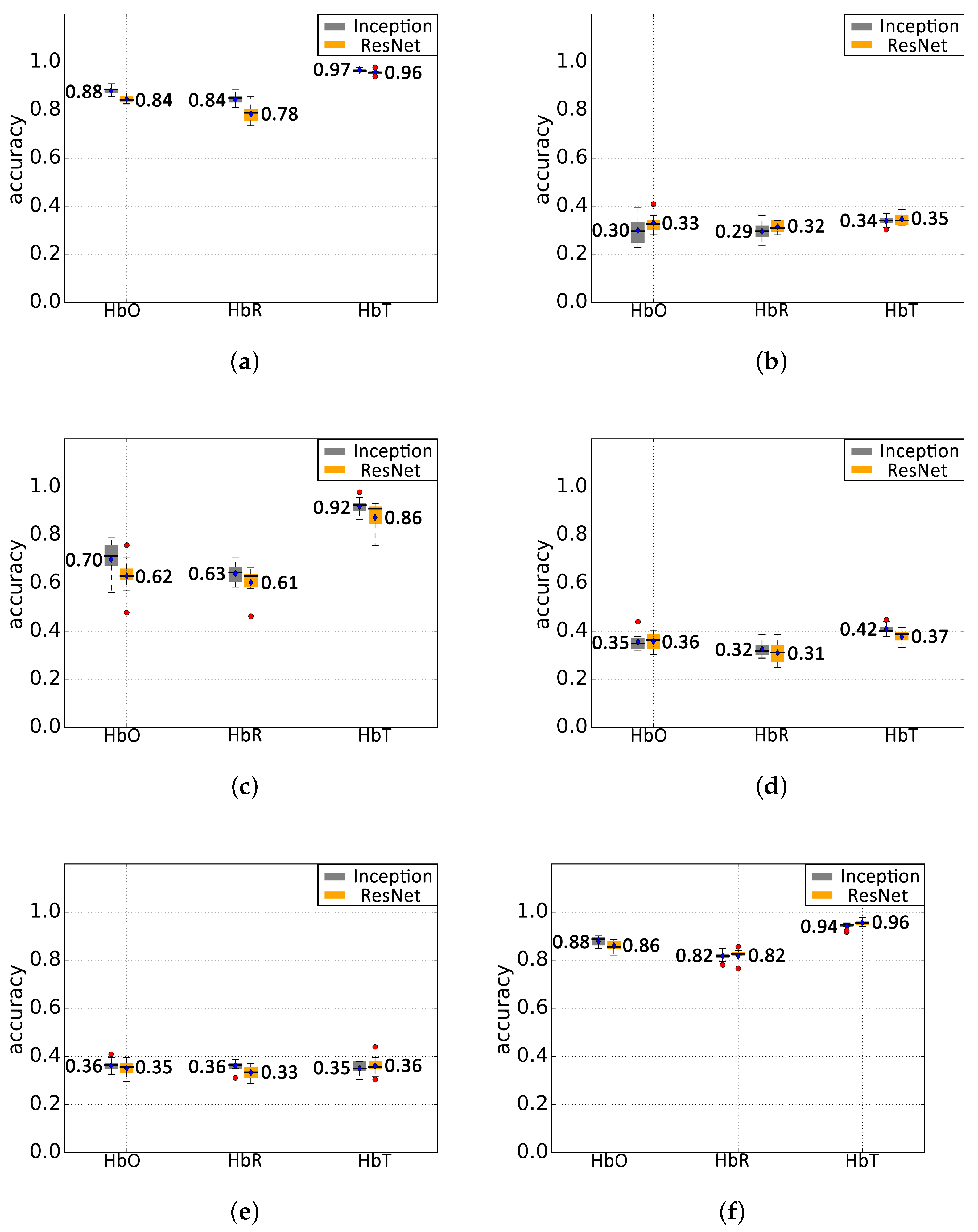
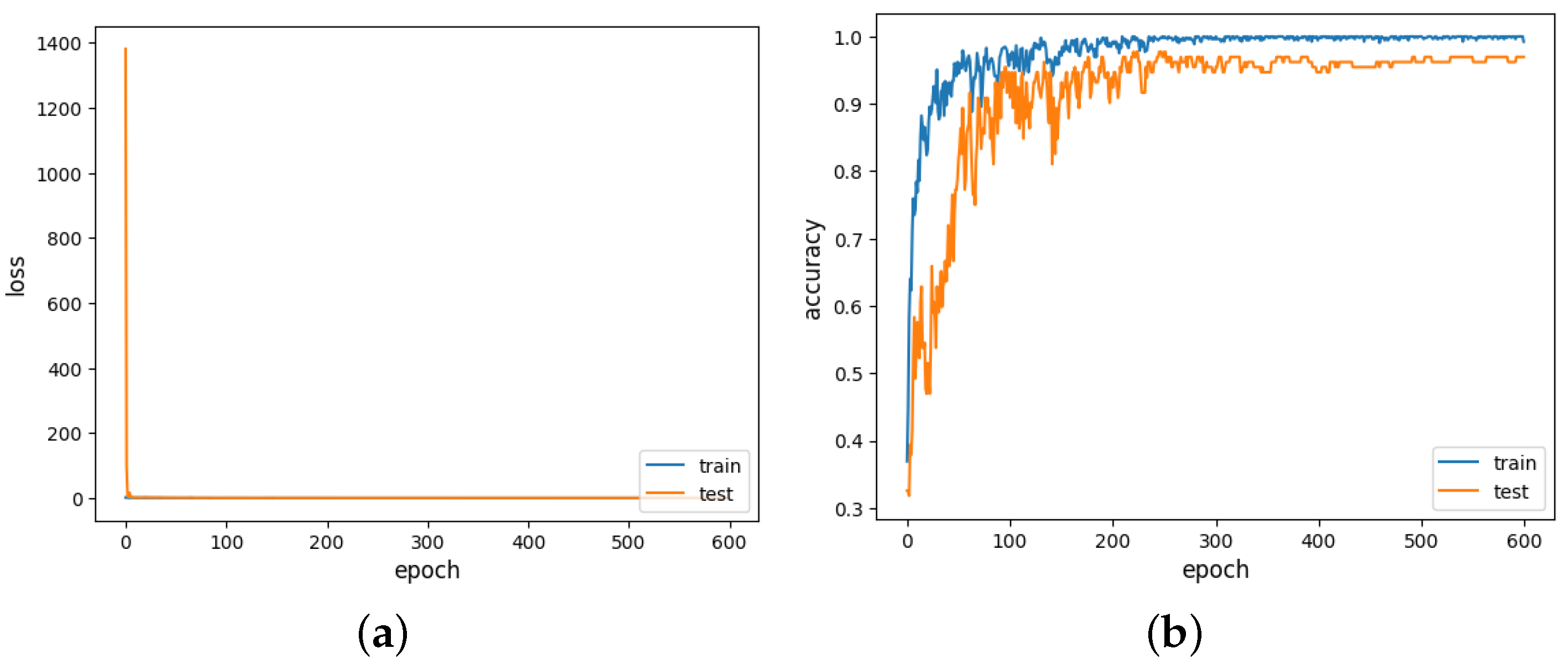
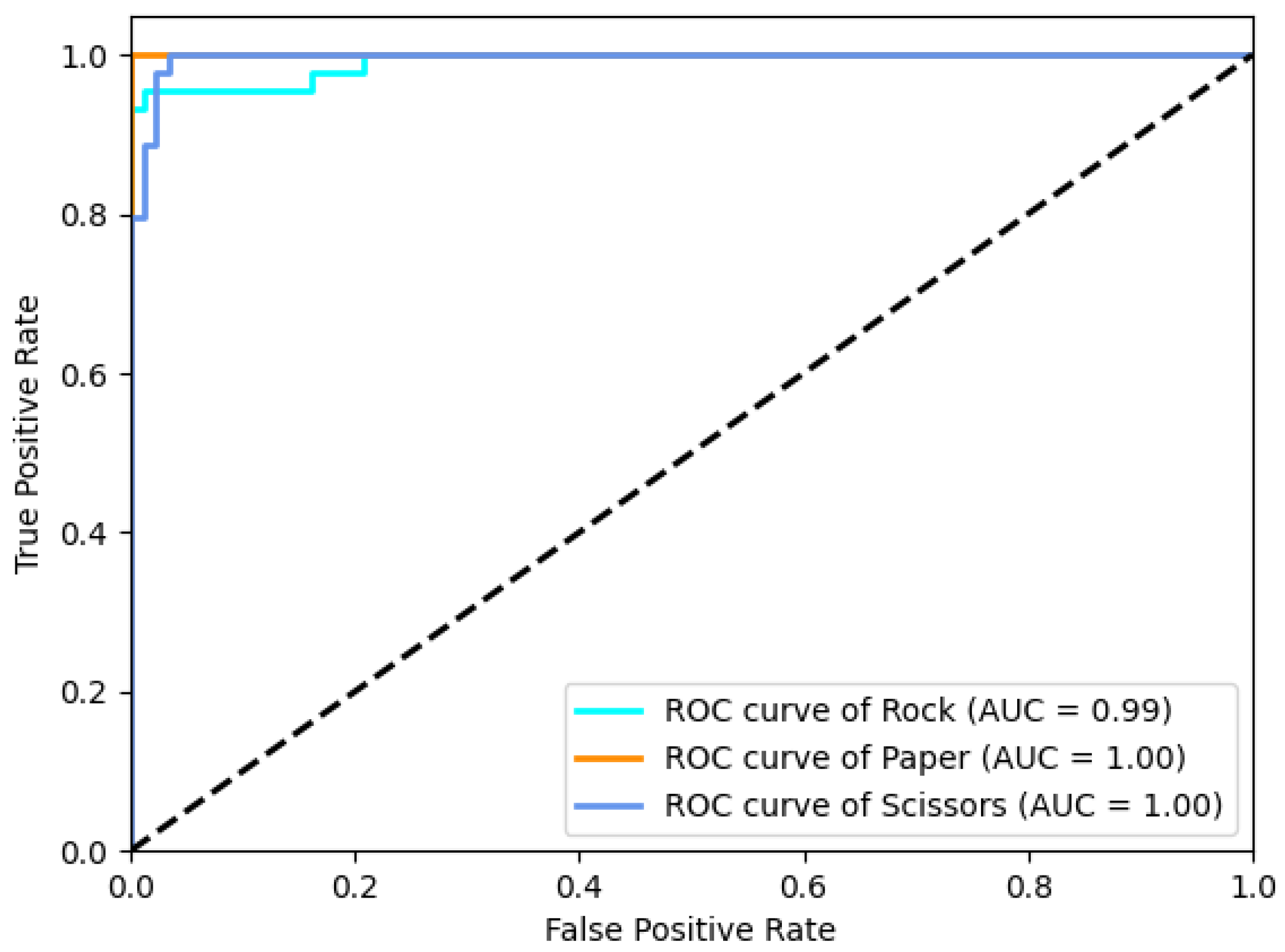
| Band (Hz) | 0.01–0.09 | 0.01–0.1 | 0.01–0.2 | 0.01–0.3 | 0.01–0.5 | 0.01–0.8 | 0.01–1 | 0.01–3 |
|---|---|---|---|---|---|---|---|---|
| 0.4697 | 0.4697 | 0.4242 | 0.3940 | 0.4091 | 0.4242 | 0.4545 | 0.4545 | |
| 0.4015 | 0.4697 | 0.3940 | 0.4091 | 0.3636 | 0.4545 | 0.4015 | 0.4470 | |
| 0.4394 | 0.4924 | 0.4394 | 0.3636 | 0.4015 | 0.4015 | 0.4167 | 0.4091 | |
| 0.4015 | 0.4773 | 0.4091 | 0.3561 | 0.3788 | 0.3864 | 0.4242 | 0.4091 | |
| The accuracy of | 0.3788 | 0.4167 | 0.4394 | 0.3788 | 0.3561 | 0.3939 | 0.5152 | 0.4318 |
| 10 independent | 0.4470 | 0.4848 | 0.3939 | 0.3939 | 0.4242 | 0.4697 | 0.4091 | 0.4167 |
| experiments | 0.4167 | 0.4848 | 0.4318 | 0.3864 | 0.4091 | 0.4470 | 0.4242 | 0.4470 |
| 0.3864 | 0.4091 | 0.4091 | 0.4242 | 0.3864 | 0.4167 | 0.4394 | 0.4318 | |
| 0.4015 | 0.5076 | 0.3636 | 0.3712 | 0.3788 | 0.4318 | 0.4697 | 0.4242 | |
| 0.4091 | 0.5227 | 0.4773 | 0.4167 | 0.3939 | 0.4318 | 0.4242 | 0.4545 | |
| Average | 0.4152 | 0.4735 | 0.4182 | 0.3894 | 0.3902 | 0.4258 | 0.4379 | 0.4326 |
| HbO | HbR | HbT | Average | |
|---|---|---|---|---|
| Perceptron | 0.38 | 0.33 | 0.44 | 0.38 |
| LDA | 0.43 | 0.45 | 0.49 | 0.46 |
| KNN | 0.81 | 0.77 | 0.87 | 0.82 |
| Adaboost | 0.65 | 0.63 | 0.67 | 0.65 |
| DecisionTree | 0.74 | 0.76 | 0.82 | 0.77 |
| RF | 0.67 | 0.66 | 0.70 | 0.68 |
| SVM | 0.51 | 0.32 | 0.73 | 0.52 |
| MLP | 0.57 | 0.48 | 0.58 | 0.54 |
| Inception | 0.88 | 0.84 | 0.97 | 0.90 |
| ResNet | 0.84 | 0.78 | 0.96 | 0.86 |
| Average | 0.65 | 0.60 | 0.72 |
| True Class | ||||
|---|---|---|---|---|
| Rock | Paper | Scissors | ||
| Rock | 43 | 0 | 1 | |
| Prediction class | Paper | 0 | 43 | 0 |
| Scissiors | 2 | 0 | 43 |
Publisher’s Note: MDPI stays neutral with regard to jurisdictional claims in published maps and institutional affiliations. |
© 2021 by the authors. Licensee MDPI, Basel, Switzerland. This article is an open access article distributed under the terms and conditions of the Creative Commons Attribution (CC BY) license (https://creativecommons.org/licenses/by/4.0/).
Share and Cite
Ma, T.; Chen, W.; Li, X.; Xia, Y.; Zhu, X.; He, S. fNIRS Signal Classification Based on Deep Learning in Rock-Paper-Scissors Imagery Task. Appl. Sci. 2021, 11, 4922. https://doi.org/10.3390/app11114922
Ma T, Chen W, Li X, Xia Y, Zhu X, He S. fNIRS Signal Classification Based on Deep Learning in Rock-Paper-Scissors Imagery Task. Applied Sciences. 2021; 11(11):4922. https://doi.org/10.3390/app11114922
Chicago/Turabian StyleMa, Tengfei, Wentian Chen, Xin Li, Yuting Xia, Xinhua Zhu, and Sailing He. 2021. "fNIRS Signal Classification Based on Deep Learning in Rock-Paper-Scissors Imagery Task" Applied Sciences 11, no. 11: 4922. https://doi.org/10.3390/app11114922
APA StyleMa, T., Chen, W., Li, X., Xia, Y., Zhu, X., & He, S. (2021). fNIRS Signal Classification Based on Deep Learning in Rock-Paper-Scissors Imagery Task. Applied Sciences, 11(11), 4922. https://doi.org/10.3390/app11114922







